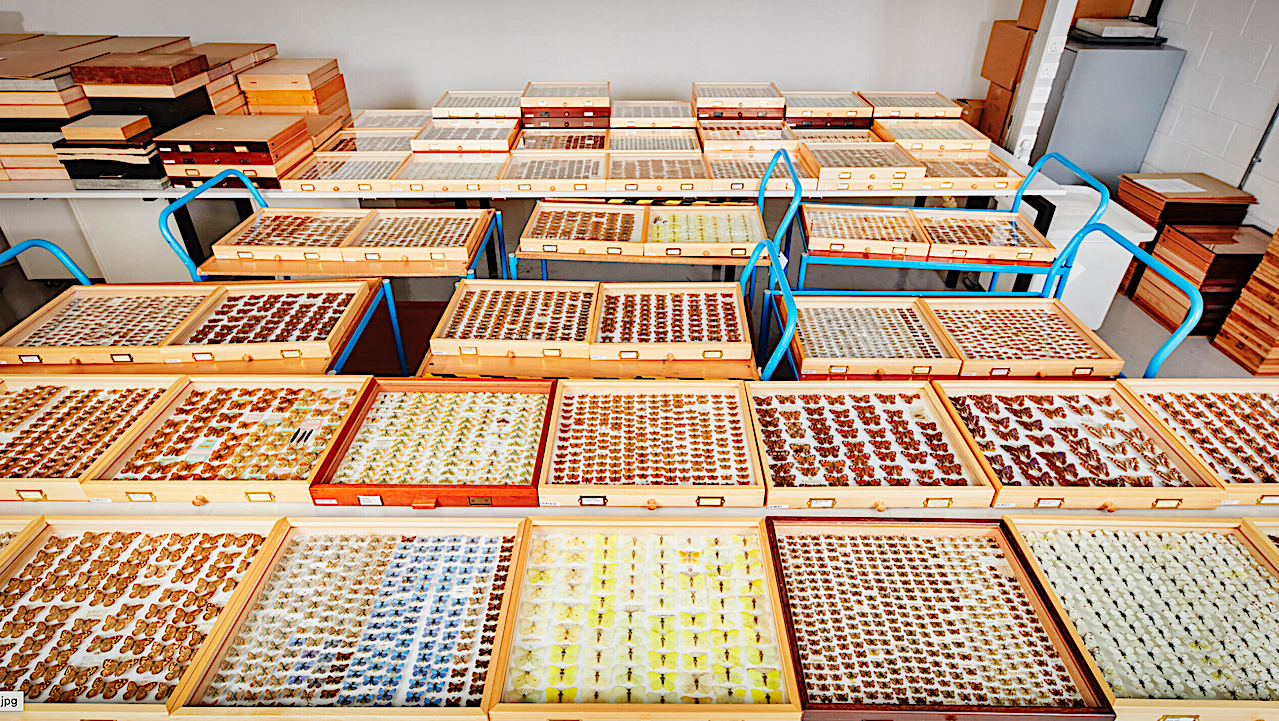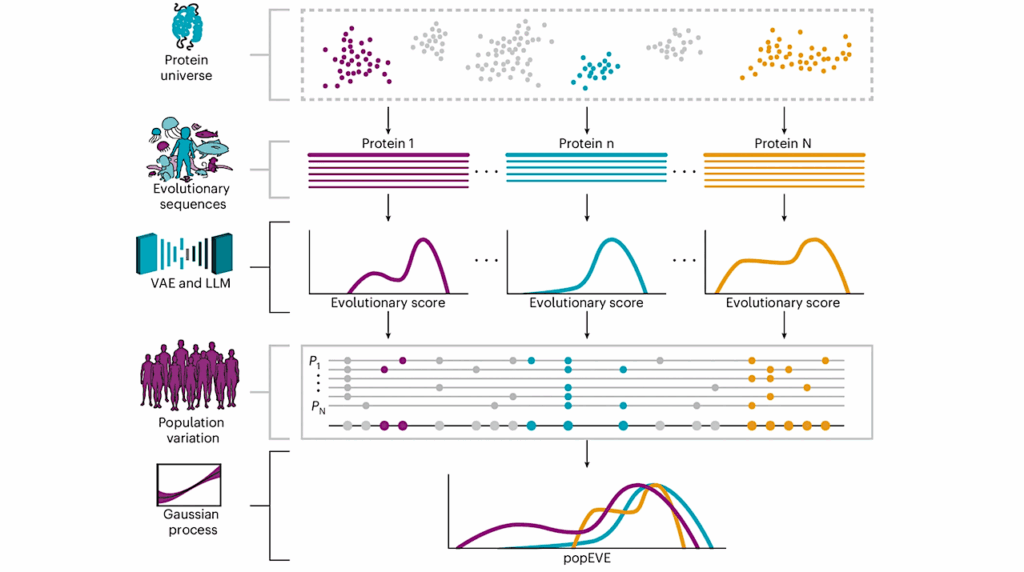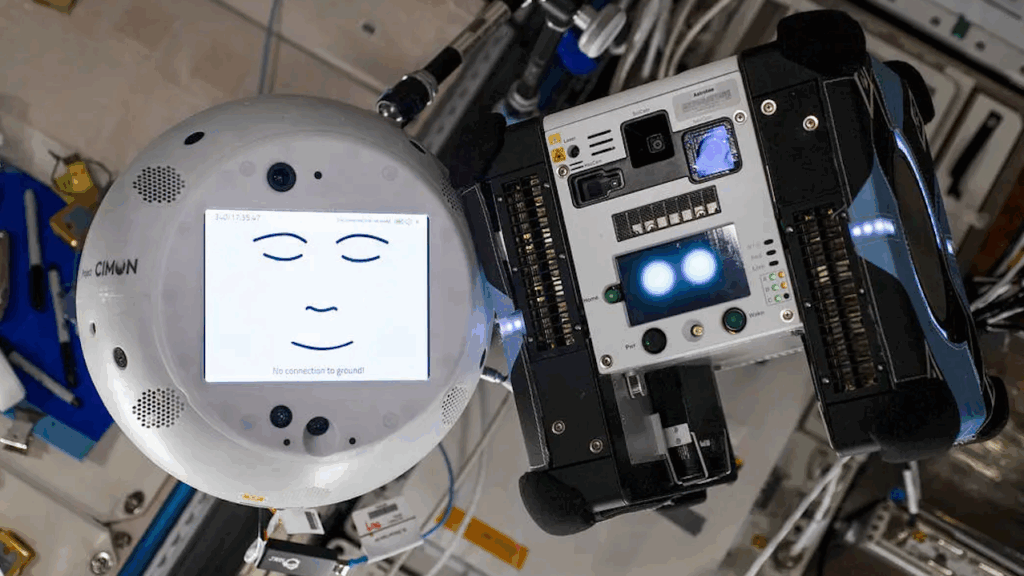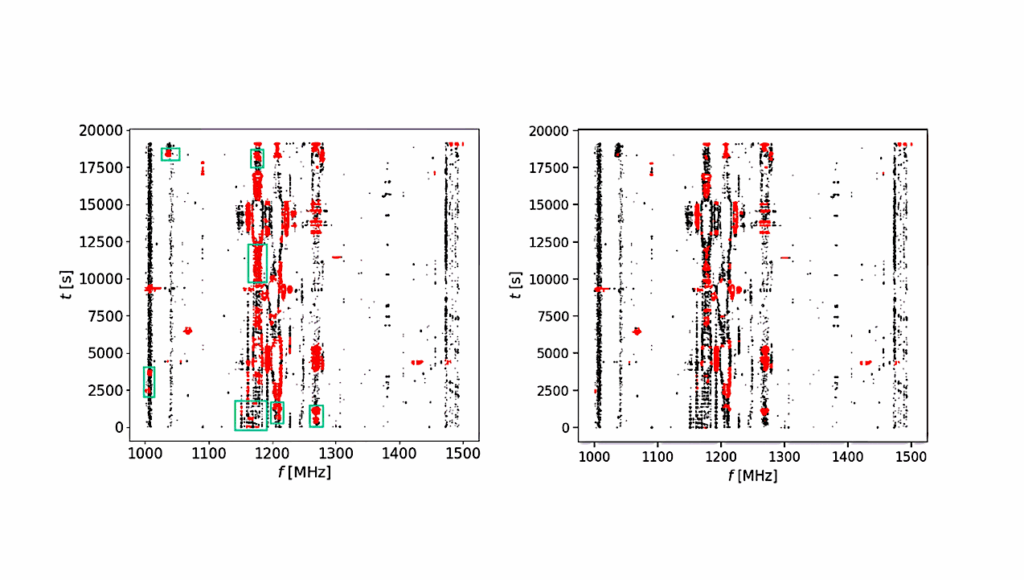Digitizing UK Natural History Collections Is Vital To Understand Life On Earth

Editor’s note: here on Earth we have yet to complete catalog all of the species of life on our planet. Over the centuries improved ways of characterizing life forms and placing them in a larger – biological context – with names and labels – has allowed us to get a basic grasp of life’s diversity. What do we do when we visit new worlds and encounter life – life that needs similar identification and classification? Expeditions are not going to have the capability of collecting large cache of specimens and shipping them off to a museum. When a life form is discovered its first characterization will be digital. How we digitize life on Earth will sevre as a guidepost for how we do the same thing on new worlds.
_________
A new report has evaluated the use and impact of digitised natural science collections held in the UK and how they contribute to scientific, commercial and societal benefits.
UK natural science collections hold more than 137 million items spanning an incredible 4.56-billion-year history of life on Earth. These collections have emerged as a pivotal data resource to understanding the Earth in its past and current state – and will continue to inform the investors and policy-makers of the future.
UK natural science data in demand
GBIF—the Global Biodiversity Information Facility—is an international database providing open access data on all types of life on Earth. In this paper led by the NHM, scientists report that there are 7.6 million specimens, less than 6% of total UK natural science collections sampled, freely accessible on GBIF.
They found that 12% of the total peer-reviewed journal articles citing GBIF data specifically cite UK natural science collections. These data currently make up just 0.3% of total occurrences on GBIF, meaning they punch an incredible 40 times above their weight.
When asked previously, over 90% of GBIF users linked their use of these data to advancing the UN Sustainable Development Goals which look to reduce hunger, poverty and inequality, and spur economic growth while tackling climate change and protecting the oceans and forests.
The case for digitising UK natural science collections
The introduction of these collections onto a digital platform has revolutionised scientific research. In this paper published in the journal Research Ideas and Outcomes, the authors estimate £18 million has been saved in efficiencies by researchers accessing digital specimens rather than physical collections, assuming a minimal single physical visit replaced per citation. Of this, £1.4 million has been attributed to UK researchers, money which can be reinvested back into UK science institutions – those at the forefront of finding solutions to real world problems.
Lead author and Deputy Head of Digital, Data and Informatics, Helen Hardy says, ‘The advancement of digitisation has been truly transformational to the scientific community. Today it’s possible to use software that takes a week to achieve the type of information gathering it would take a human over 3,000 hours, or two years, to complete – individuals realising an entire life’s work in just a few months! Anticipation is high for further innovations such as the further integration of artificial intelligence into taxonomic work.’
UK government want the UK to be a science and technology superpower, and natural science collections provide a unique opportunity to achieve this. To unlock the true potential of collections data, UK Natural Science collections are joining forces through the Distributed System of Scientific Collections UK (DiSSCo) to make the case for investment of £155 million in a research infrastructure which is expected to unlock at least a seven- to ten- fold economic return on investment.
Working alongside the Arts & Humanities Research Council (AHRC) and UK Research and Innovation (UKRI) to digitise the critical mass of collections, the data will be available through a robust technological infrastructure and continually developed in line with recent innovations.
Ken Norris, Deputy Director of Science at the NHM says, ‘In the midst of a planetary emergency, and what some experts believe to be the Earth’s sixth mass extinction event, estimates say that over 50% of the world’s GDP, which equates to approx. 44 trillion dollars, is dependent on the natural world. By understanding what is in collections now, both on a national and international scale, we can identify trends, actions and what we need to collect to underpin policy and investment decisions for a future where people and planet thrive.’
Hardy H, Livermore L, Kersey P, Norris K, Smith V, Pullar J (2023) Users and uses of UK Natural History Collections – a Summary, https://doi.org/10.5281/zenodo.8369299
A longer paper on this study including further detail on the methodology and findings is also available:
Hardy H, Livermore L, Kersey P, Norris K, Smith V (2023) Understanding the users and uses of UK Natural History Collections. Research Ideas and Outcomes 8: e113378 https://doi.org/10.3897/rio.9.e113378
Astrobiology








